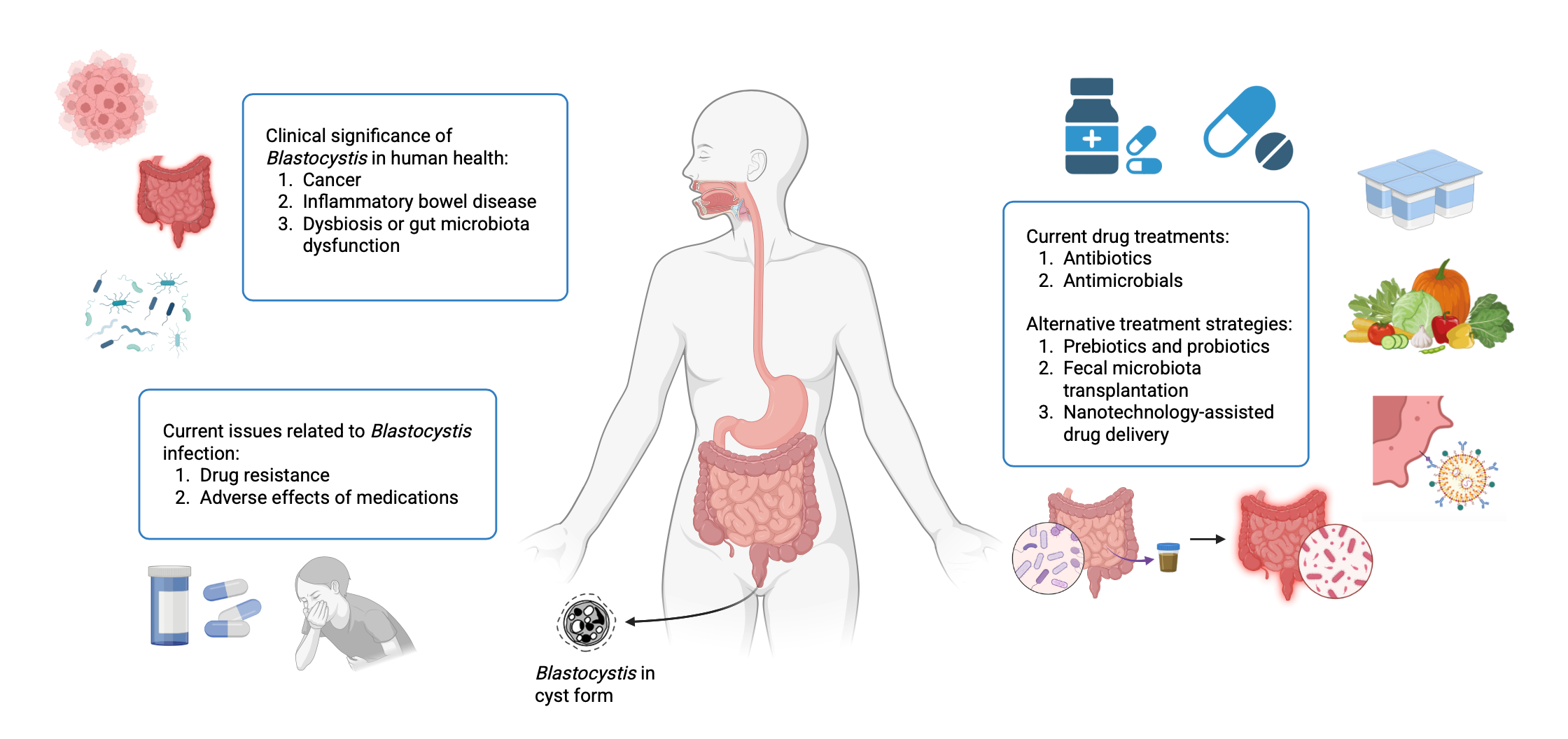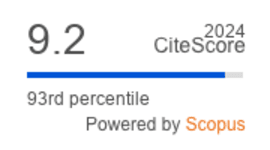Blastocystis sp.: A Hidden Player in Gut Health and Disease
DOI:
https://doi.org/10.36877/pmmb.a0000471Abstract
Blastocystis sp. (Blastocystis) is a prevalent and diverse gastrointestinal parasite, found in up to 60% of humans and animals worldwide, with particularly high rates in immunocompromised individuals and those in close contact with animals. Its extensive genetic diversity presents a major challenge to diagnostic and treatment standardization, making subtype characterization essential for identifying transmission pathways and assessing infection risks. The clinical significance of Blastocystis is increasingly evident, as it is implicated in a range of gastrointestinal conditions, including irritable bowel syndrome, inflammatory bowel disease, and chronic diarrhea. Its interactions with the host’s immune system and gut microbiome add layers of complexity, shaping the parasite’s impact on health and disease in unpredictable ways. This review examines the multifaceted role of Blastocystis in human health, exploring its association with gastrointestinal disorders, cancer, and dysbiosis, while also evaluating current treatment options and emerging therapeutic strategies. A deeper understanding of these interactions could unlock more effective, targeted interventions for managing Blastocystis infections and the conditions they may influence.

Graphical abstract. Clinical significance and management of Blastocystis infection: Blastocystis is associated with cancer, inflammatory bowel disease, and gut microbiota dysbiosis. Current challenges include drug resistance and adverse effects of medications. Standard treatments involve antibiotics and antimicrobials, while alternative approaches such as probiotics, fecal microbiota transplantation, and nanotechnology-assisted drug delivery are being explored.
Downloads
Published
How to Cite
Issue
Section
License
Copyright (c) 2025 Muhammad Mirza Halimi, Yuan Seng Wu, Michelle Felicia Lee, Vinoth Kumarasamy, Tutumoni Kalita, Kavitha Rajendran, Reno Wei Hng Tan, Neeraj Kumar Fuloria, Mahendran Sekar, Vetriselvan Subramaniyan

This work is licensed under a Creative Commons Attribution-NonCommercial 4.0 International License.
Author(s) shall retain the copyright of their work and grant the Journal/Publisher right for the first publication with the work simultaneously licensed under:
Creative Commons Attribution-NonCommercial 4.0 International (CC BY-NC 4.0). This license allows for the copying, distribution and transmission of the work, provided the correct attribution of the original creator is stated. Adaptation and remixing are also permitted.

This broad license intends to facilitate free access to, as well as the unrestricted reuse of, original works of all types for non-commercial purposes.
The author(s) permits HH Publisher to publish this article that has not been submitted elsewhere.



.png)

.jpg)
